On the Road is a weekday feature spotlighting reader photo submissions.
From the exotic to the familiar, whether you’re traveling or in your own backyard, we would love to see the world through your eyes.
I am so excited! UncleEb and ema are both taking us to the beach this week! And even Albatrossity has some water in his pics. Not sure what BillinGlendale has in store for us, but Wag takes us to the mountains on Friday.
Albatrossity
More color in the birds this week, although most of that color is yellow. We’ll see what the next week brings; it has been cold and drippy here, so photography has been curtailed a bit.
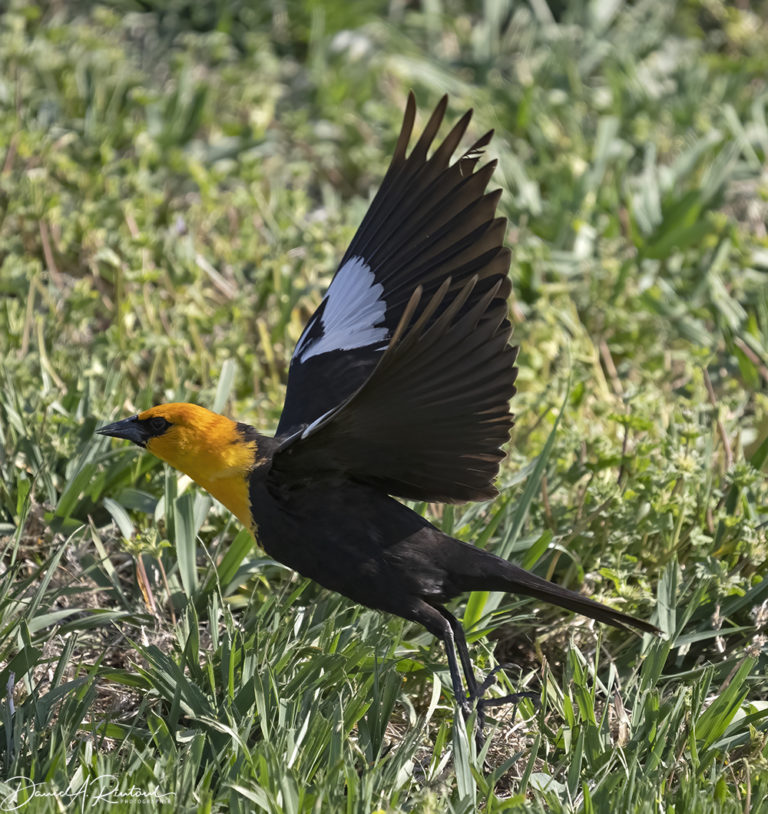
Yellow-headed Blackbird (Xanthocephalus xanthocephalus) has yellow not only in its common name, but twice in its scientific name.
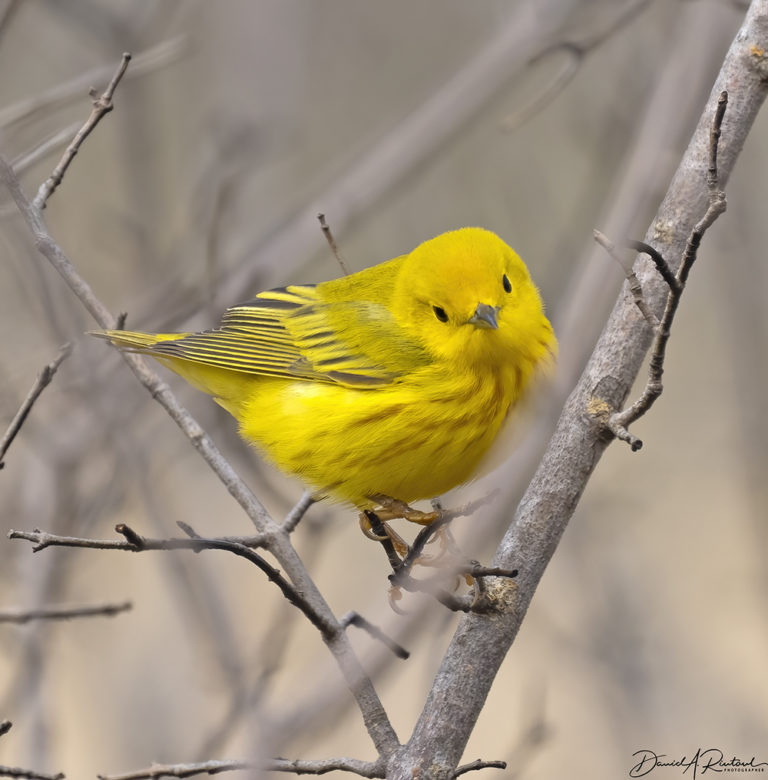
Yellow Warbler (Setophaga petechia). This is our only all-yellow warbler, although this male also has the streaky red petechia (from the Latin petigo for scab or freckle) that are mentioned in the scientific name.
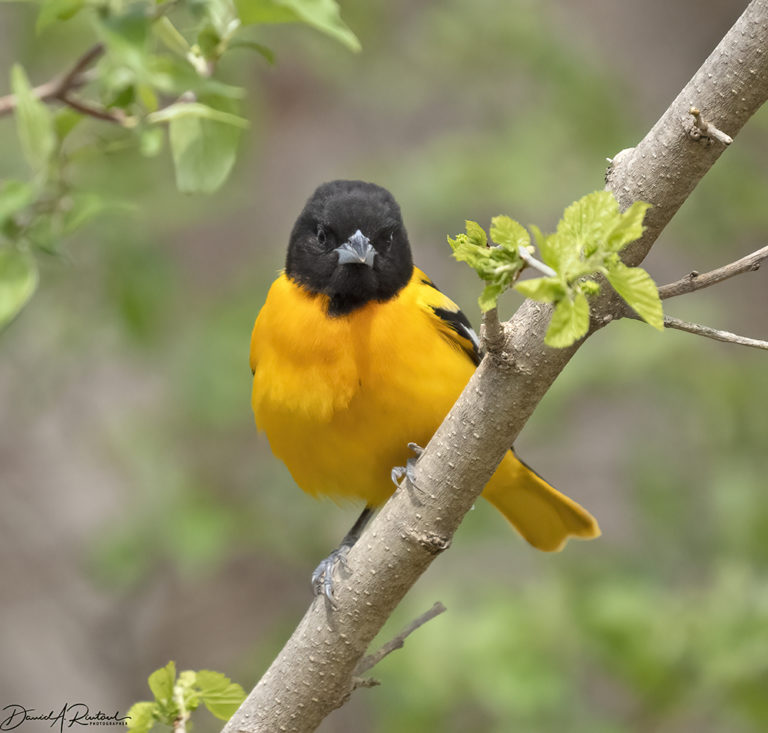
Baltimore Oriole (Icterus galbula), after-second-year male. This is a bird that many backyard birders anxiously await every spring; the Facebook pages for Kansas birding groups can be overloaded with questions like “Are the orioles back yet”? and comments like “Our orioles came back yesterday!!!!”. It is a stunning bird, and can be attracted to backyards with feeders featuring grape jelly or orange halves. But I really have to stop myself from pointing out, every time, that many more equally stunning birds are out there if you just get out and look for them.
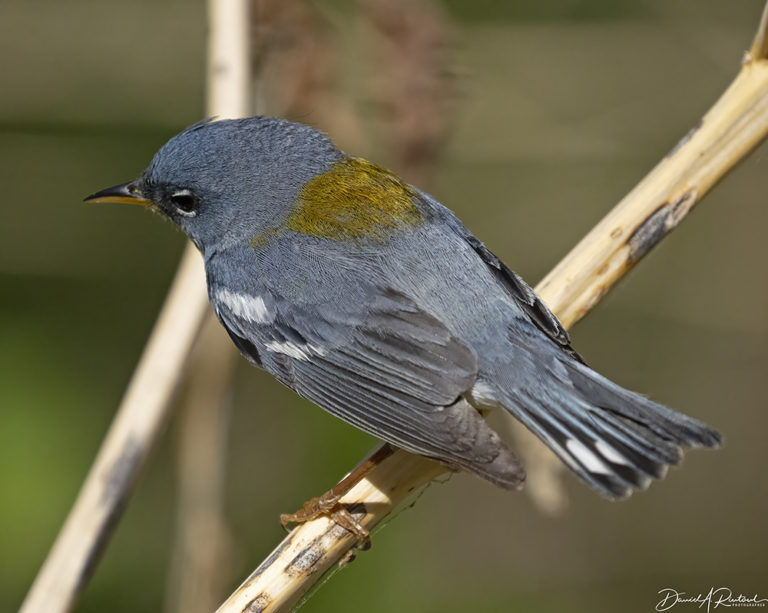
Another gorgeous warbler that unfortunately does spend a lot of time high in the trees, the Northern Parula (Setophaga americana) is abundant across much of eastern North America in the summer, and some even winter in southern Florida. It’s getting harder for me to hear their high buzzy trill as my ears age, but usually the best way to find them is to listen for them, and then search the treetops. I was very fortunate that this one was foraging in the understory on a cold raw morning; it’s rare that you get to see that bronzy patch on their back!
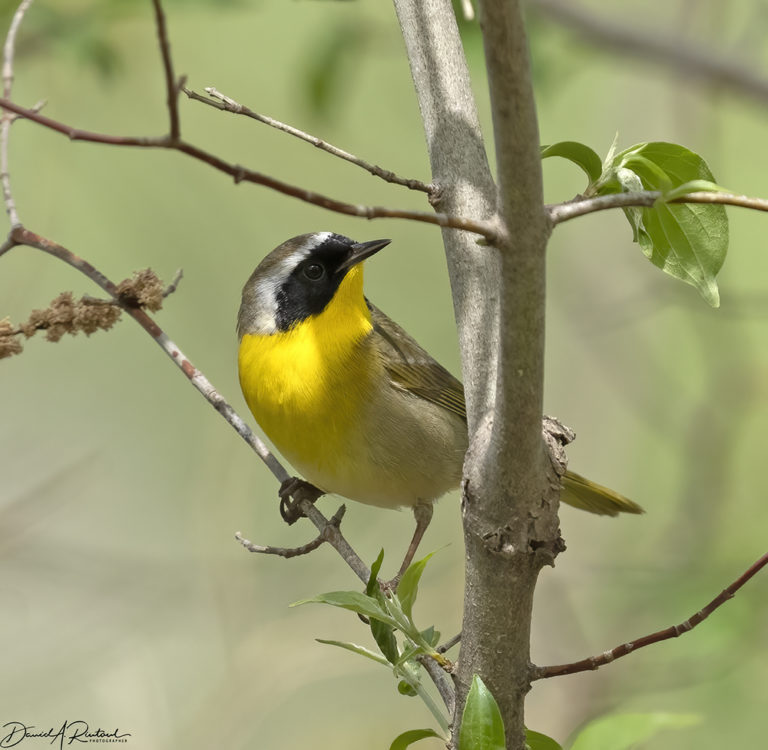
This is one of my favorite warblers, with that silvery-bordered bandit black mask and striking yellow throat. Common Yellowthroat (Geothylypis trichas), after-second-year male. They are skulkers in the undergrowth, usually in wet areas, but pop out often enough to make photography possible, albeit challenging. This is another species found across the continent in the summer, and year-round in Florida and other southern states.
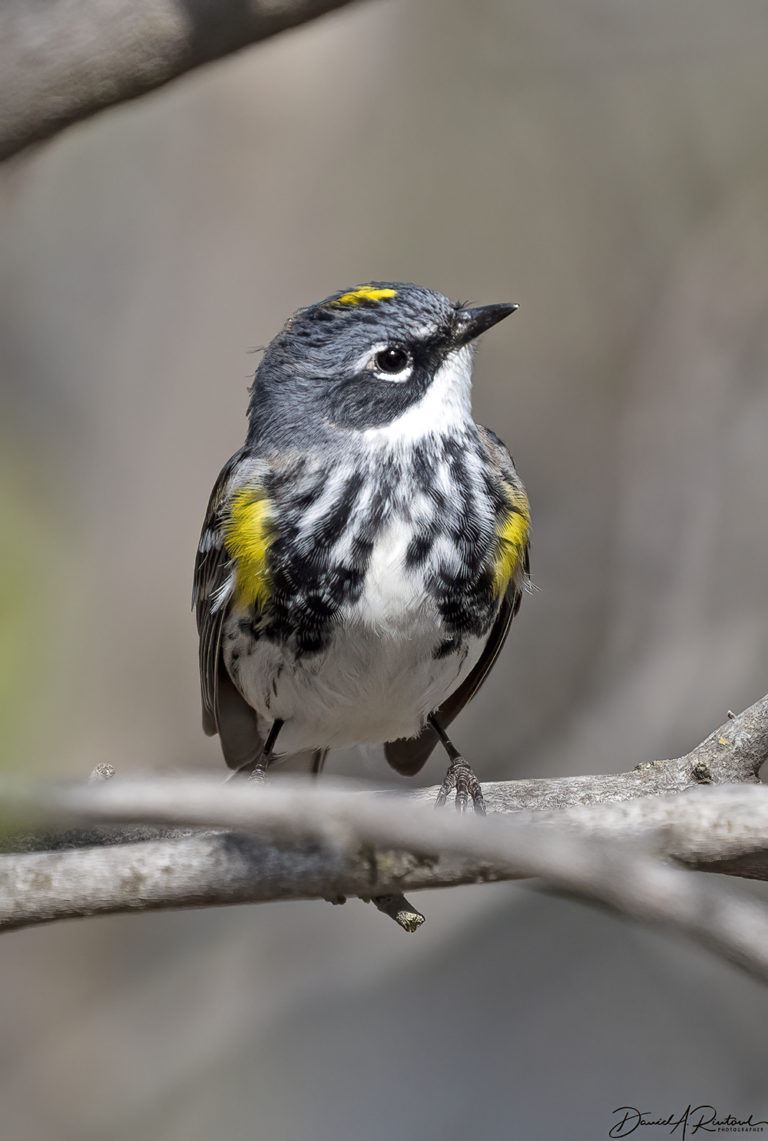
This gorgeous critter is an after-second-year Myrtle Warbler, the eastern variety of the Yellow-rumped Warbler (Setophaga coronata coronata). This subspecies most easily distinguished from the western version (Audubon’s Warbler, S. c. auduboni) by that bright white throat. This is a very abundant and adaptable warbler, which can spend the winter in much of the eastern US because it also eats berries; it doesn’t have to migrate to the tropics like the strictly insectivorous warblers. In the summer they range nearly up to the Arctic Circle as well.
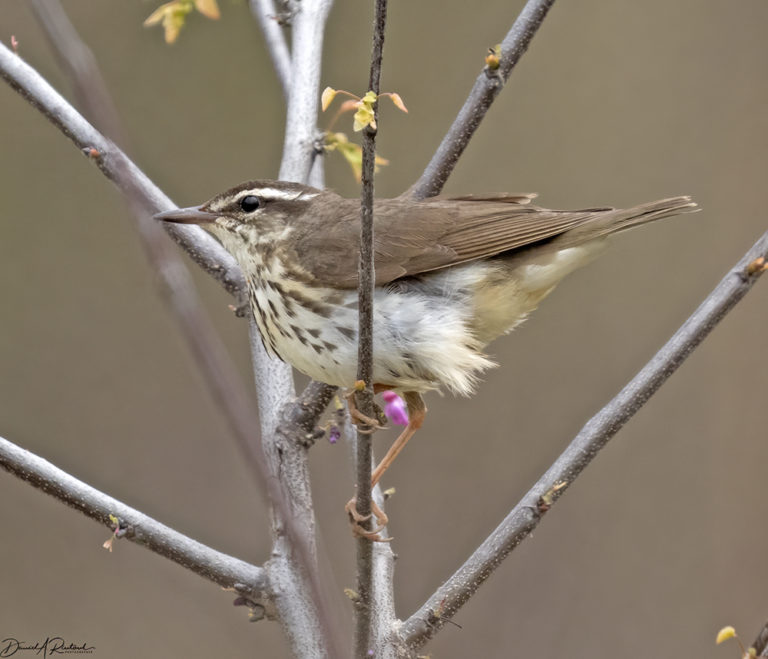
This is also a member of the warbler family, the Louisiana Waterthrush (Parkesia motacilla). What they lack in color they make up for in song; this is one of the most recognizable and joyful songs of any of our warblers. This one found a redbud tree with just one lingering blossom as a perch for its annual portrait.
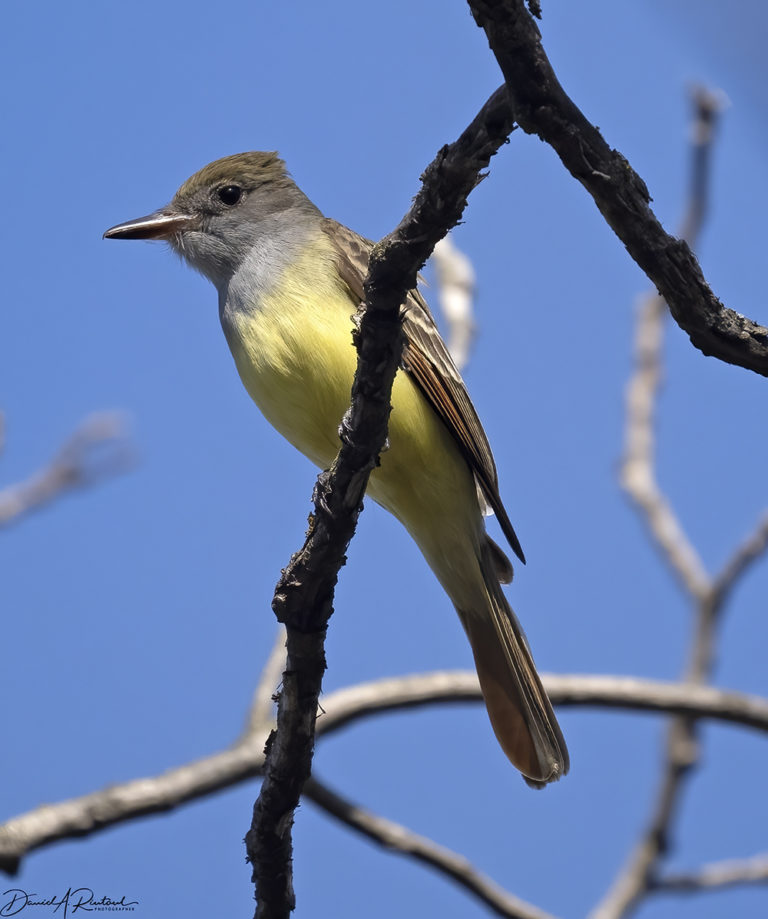
The late spring here meant that many of our trees were leafless when the Great Crested Flycatchers (Myiarchus crinitus) returned from the tropics. For the first time in my life I saw my first Great Crested Flycatcher of the season before I heard it. Western birders have other members of this genus to puzzle about, but thankfully birders in eastern North America have just this one, easily identifiable and a welcome voice in our summer woodlots.
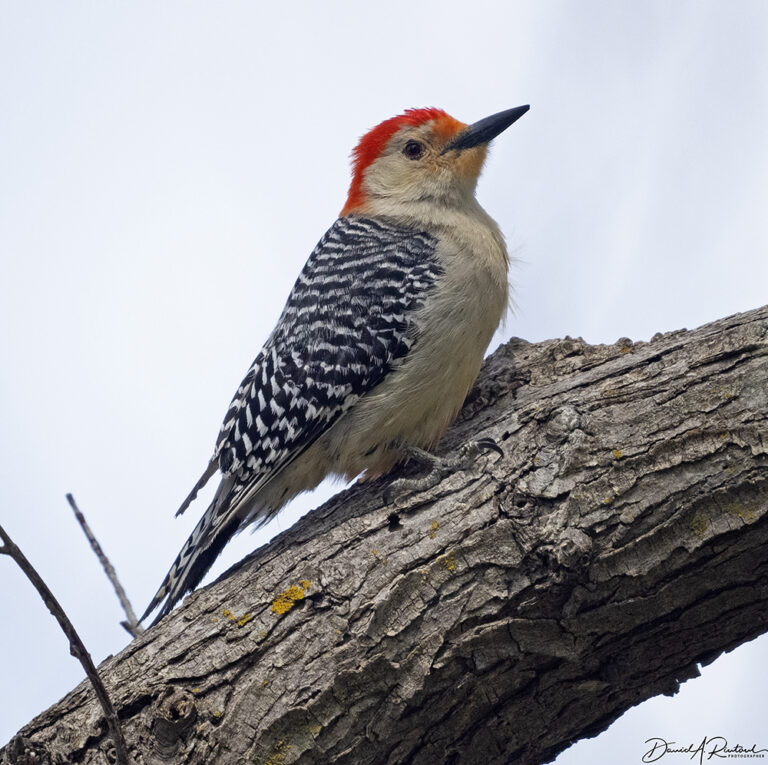
Another common voice in the woods across eastern North America, this Red-bellied Woodpecker (Melanerpes carolinus) is more loquacious and more assertive than most woodland birds. This male (based on the red forehead, which would be white in a typical female) was ferrying insects to a nearby nest hole, undoubtedly working hard to raise the next generation of woodpeckers.
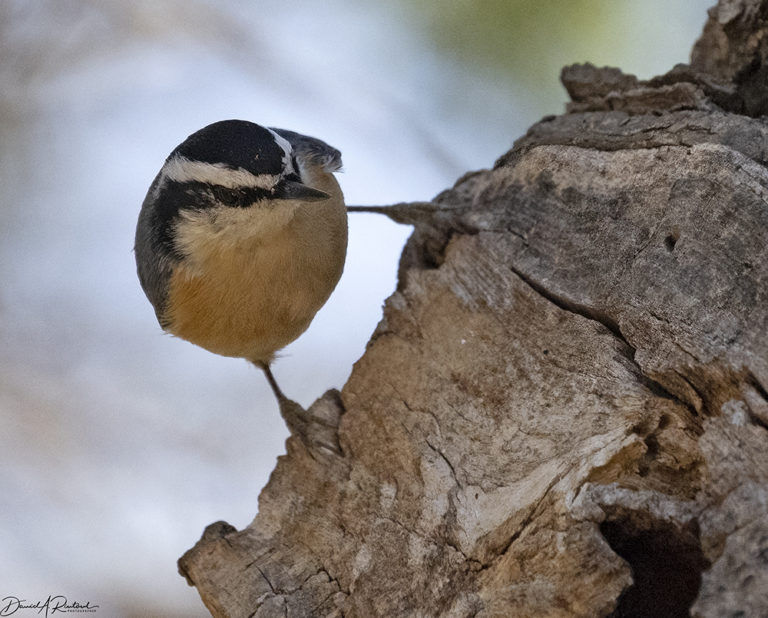
The final bird in this batch is a lingering migrant, which typically would be out of this part of Flyover Country by now, but can occasionally stay late and even rarely spend the summer here. Red-breasted Nutchatches (Sitta canadensis) can be found here most winters, but their breeding sites are further north in Canada or the Great Lakes states, as well as west in the Rockies and other western mountain ranges. This is a male, and we also still have a female at the feeders at the time of this writing, so I’m keeping my fingers crossed that we might get nuthatch babies here this year!
ETA – I last sighted one of these guys at the feeder on May 14. They’ve finally headed home.

 War For Ukraine Day 102: The Counterattack In the East Continues
War For Ukraine Day 102: The Counterattack In the East Continues
Wanderer
Beautiful photos, as always. I was fortunate to spy my resident hummingbird visit a mound of Walker’s Catmint this morning. The first time I’ve ever see the hummingbird visit it. Usually the hummingbird prefers the salvia in the window boxes which are the annual varieties so seeing the perennial visited as an appetizer made me smile.
OzarkHillbilly
Nice pics as always. Love them.
A couple have come to me. I see the summer tanagers (usually the male but once the female) from time to time and every morning I am blessed with his song. I have caught flashes of this years scarlet tanager a half dozen times or so. Once he even came out into the open for a glorious 30-45 seconds. Not sure what possessed him to do that. And of course the indigo buntings are out and about.
The only feeders I have out now are the hummingbird feeders, which the red-bellies like to visit from time to time. Always looks a bit comical hanging on to the perch as s/he laps the nectar.
I need to head down to the creeks and rivers if I want to see any warblers. It’s been a busy spring but maybe I can take a break soon and do that.
Wormtown
Beautiful. Thank you so much for posting
Ken
I’m always slightly amused by tautonyms (genus same as species), since there seems to be a lurking “What else would you call it?” Like the “yellow-head yellow-head” here. Likewise we have Gorilla gorilla, Bison bison, Rattus rattus, and Mephitis mephitis (“stinky stinky”, the skunk).
JeanneT
Since enjoying your weekly photos I’ve been paying more attention to the neighborhood bird songs (when I remember to put my hearing aids in). I’m slowly starting to sort out some of the calls; mostly what I hear is robins, as they are nesting in the crook of my eavestrough and are constantly patrolling my small city lot. Cardinals, blue jays, chickadees and crows too – birds that don’t mind living in the city. Now that I’ve seen this week’s pics I would love to see and hear some of those handsome little warblers sometime; I must get out into the world more, I think. Thanks for inspiring me to pay more attention!
Spanky
I had occasion to be wandering one of the local creekbeds a couple of weeks ago when I heard a song that Merlin told me was the Louisiana Waterthrush. First time for me. Didn’t see it, though.
I hear Northern Parulas all the time in the neighborhood, but so far haven’t seen them. Not seeing birds is something of a theme for me.
Albatrossity
@Ken: Don’t forget Vulpes vulpes (fox fox) and Anhinga anhinga (snake-bird snake-bird)!
HinTN
@JeanneT: Have you read Sounds Wild and Broken by David George Haskell
ETA: THANKS, as always, for the wonderful pix and words about your birbs.
arrieve
Monday morning with Albatrossity and all’s right with the world! Beautiful birds, beautiful pictures.
SteveinPHX
Thank you again!
Yutsano
@Albatrossity: Dammit. I was going to mention the fox one and you beat me to it!
eachother
Stunning pictures! We currently have dozens of Western Tanagers at a time putting a kink in the grape jelly supply chain. There are orange fruit husks that make me think I am looking at an Oriole. There may be a few Orioles to come, but the Tanagers are gorgeous, plentiful and most welcome in the meanwhile.
Princess Leia
Mondays are SO much better for your photos, Albatrossity!Thank you for sharing them and your knowledge. As JeanneT said, you have helped be more attentive and curious about birds, especially thode I share space with in my urban life.
Eunicecycle
Beautiful pictures as always. I am watching Baltimore orioles come and go from my jelly feeder right now. And the Ohio bird groups have the same question each spring about the oriole arrivals, along with the hummingbirds!
JanieM
Thanks as always, Albatrossity. It’s great to have this Monday morning institution back in place.
Besides the birds, for some reason I’m enjoying the variety of perches in this one, especially that last one.
J R in WV
Typical great birb photos from Kansas — thanks, again, for continuing to provide us with both great photos and clear descriptions of the varying appearances of all these wonderful tiny dinosaurs.
I have recently watched a piliated woodpecker tearing apart an old log lying on the ground lately, amazing to see them destroy a big log in the WV forest floor in an afternoon. And our barred owls are very present in the hollow!
JeanneT
@HinTN: Not yet – but I’ll put it (and Haskell’s other books) on my reading list: they sound perfect for my summer.
mrmoshpotato
Great photos. Thanks for sharing them.
And
DAMN THAT BIRD IS YELLOW!
stinger
Albatrossity Monday! Hurray!
Yesterday got my first hummingbird of the season, and this morning spotted the first oriole!
WaterGirl
@mrmoshpotato:
In a good way!
dkinPa
Beautiful photos! Thanks for sharing!
mvr
Wonderful photos – really good detail on some small birds.
Thanks!
S Cerevisiae
Thank you again for all the wonderful photos! You have great patience to get all these.
My faithful old Nikon Monarchs had the strap loop break so I decided to get a new pair and picked the Zeiss Terra 8x42s and so far they are great. Significantly brighter and I like the fast focus. Only 4 more to 600 species on the life list!